Search
Search Results
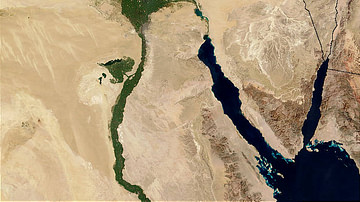
Definition
Nile
The world's longest river, located in Egypt, the Nile flows 4,132 miles (6,650 kilometres) northward to the Mediterranean Sea (a very unusual direction for a river to take). It was considered the source of life by the ancient Egyptians and...
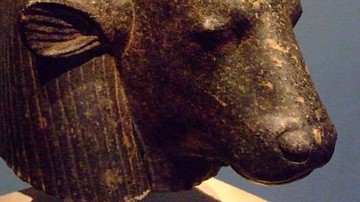
Definition
Hathor
Hathor is an ancient Egyptian goddess associated, later, with Isis and, earlier, with Sekhmet but eventually was considered the primeval goddess from whom all others were derived. She is usually depicted as a woman with the head of a cow...
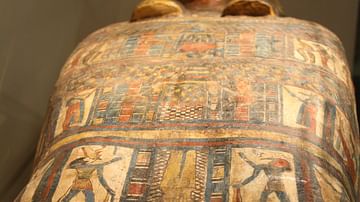
Definition
Qebhet
Qebhet (also known as Kebehwet, Kabechet or Kebechet) is a benevolent goddess of ancient Egypt. She is the daughter of the god Anubis, granddaughter of the goddess Nephthys and god Osiris, and is the personification of cool, refreshing water...
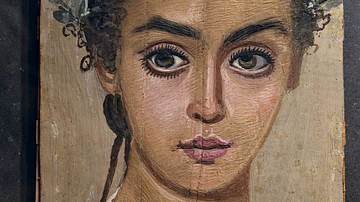
Definition
Fayum
The Faiyum (also given as Fayoum, Fayum, and Faiyum Oasis) was a region of ancient Egypt known for its fertility and the abundance of plant and animal life. Located 62 miles (100 kilometers) south of Memphis (modern Cairo), the Faiyum was...
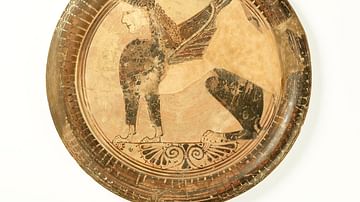
Definition
Naukratis
Naukratis (also spelled Naucratis, and known as Nokraji to the ancient Egyptians) was a city in Lower Egypt, located in the Canopic (or western) branch of the Nile delta, which became a powerful trading port between the Egyptians and the...
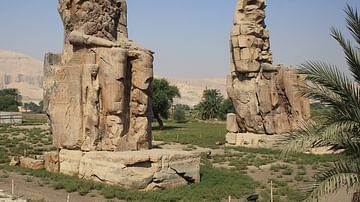
Definition
Colossi of Memnon
The Colossi of Memnon (also known as el-Colossat or el-Salamat) are two monumental statues representing Amenhotep III (1386-1353 BCE) of the 18th Dynasty of Egypt. They are located west of the modern city of Luxor and face east looking toward...
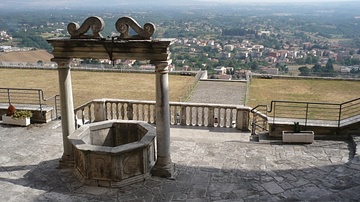
Article
Sanctuary of Fortuna Primigenia at Palestrina
The Sanctuary of Fortuna Primigenia at Palestrina (ancient Praeneste) in Italy was built in the 2nd century BCE to honor the goddess Isis and the goddess Fortuna. The massive site spans a mountainside, built with Roman cement or pozzolana...
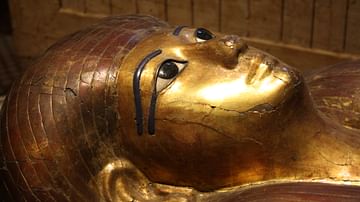
Article
Herodotus on Burial in Egypt
Herodotus’ section of his Histories on burial in ancient Egypt (Book II.85-90) is an accurate description of Egyptian mummification but he purposefully omits the spiritual significance of embalming in keeping with his commitment to refrain...

Article
Battle of the Nile
The Battle of the Nile (1-2 August 1798), or the Battle of Aboukir Bay, saw a British fleet led by Rear-Admiral Sir Horatio Nelson (1758-1805) destroy a French fleet at Aboukir Bay near the Rosetta mouth of the Nile River. It was one of the...
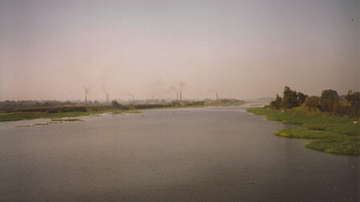
Image
Nile River from Cairo, Egypt
The Nile River, vital aspect of the civilization of ancient Egypt, as seen from Cairo.